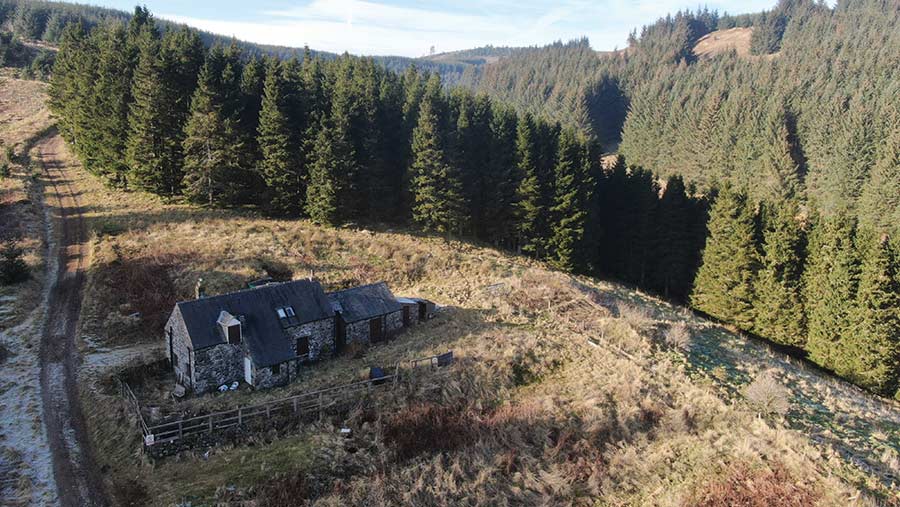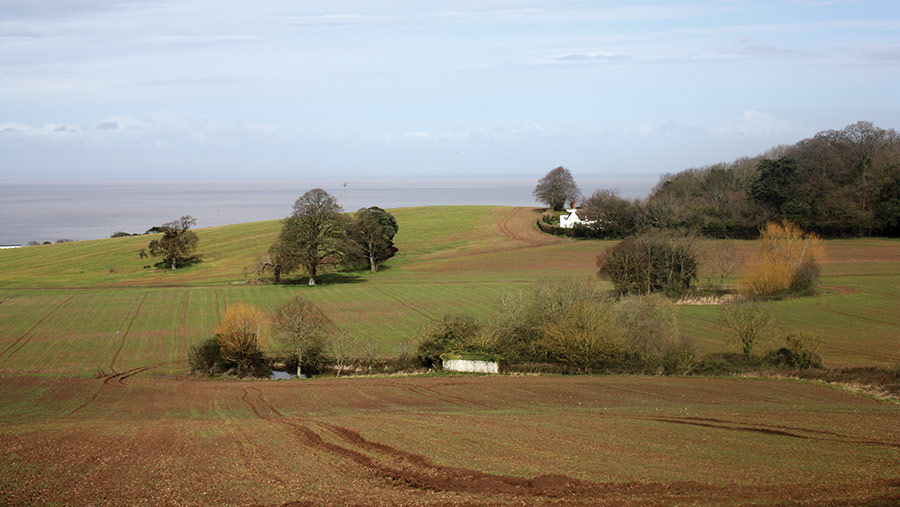Forestry market sees upsurge from interest in environment
 © John Clegg & Co
© John Clegg & Co An increase in environmental awareness has strengthened investors’ interest in an expanding forestry market.
Savills’ latest report on the UK forestry market shows that last year more buyers became interested in the asset, due to both its performance and environmental benefits.
A shift in public attitude towards climate change encouraged businesses to invest in forestry in order to offset their carbon emissions.
See also: Why we’re selling the family farm during coronavirus
Meanwhile, other trends continued, including low supply, strong competition and decent timber prices.
Values on the up
The value of the UK forestry investment market was just over £121m during the 2019 forest year (1 October 2018 to 30 September 2019) – a 2% reduction in overall sales value compared to the previous year.
The area of forestry traded also fell, down 4% from 36,819 acres to 35,583 acres, while the average value increased by 17% to £4,108/acre.
Forestry prices depend on location, accessibility, tree species, average age and timber volume.
Conditions and values vary across Scotland, though each area remains more productive and active than England and Wales combined.
North Scotland is a lower value area, due to the poorer physical growing conditions and extended distance to timber markets.
In 2019, North Scotland saw the highest rise in average values from £2,282/acre to £3,394/acre (45%). It was the only region to sell more acres in 2019 than 2018, reporting an increase of 1,977 acres to 9,612 acres.
The average value of forest in central Scotland rose by 31% during the 2019 forest year to £5,164/acre. It experienced no real change in the number of acres sold (12,182) and had the largest market share across Scotland, England and Wales.
Average values in southern Scotland rose by 38% to £6,139/acre. Although the number of acres sold (10,724) was down by 17% on 2018, it had the second largest market share.
The south is the most competitive area for timber marketing, and its forests benefit from excellent physical conditions leading to fast, even growth.
England and Wales have a scarcity of productive woodland for sale, which increases values. The average price of commercial forestry traded in England and Wales is higher than any Scottish region. In 2019, average values reached £6,637/acre, with 2,990 acres sold.
Tree-planting target
Investors now see forestry as a viable income stream, the report says, which has been supported by the introduction of the Woodland Carbon Guarantee in England, a scheme aiming to establish a public marketplace for carbon offsetting through woodland creation.
The UK government has committed to achieving net zero emissions by 2050. To achieve this, it is estimated that 74,132 acres of trees need to be planted each year, nearly triple the current annual planting rate.
However, there are multiple barriers to achieving this, such as the UK nursery stock of tree saplings being limited to orders the nurseries know will be fulfilled, and a multi-year lag time to produce new stock to meet new demand.
Changing land use from agricultural production to woodland creation requires prior approval, which can be time consuming. And once approved, the land cannot be returned to farmland.
In addition, there is a relatively limited area within the UK that is suitable for tree planting. It is important not to compromise other economic land uses, biodiverse habitats and protected ecosystems, and planting must be appropriate – in the right place and for the right objectives, which must include production of sustainable, quality timber.
Woodland planting schemes
- £46.4m Forestry Grant Scheme, Scotland 2019-2020
- £8m Glastir Woodland Schemes, Wales 2021-2023
- £6,800/ha Woodland Creation Grant: Countryside Stewardship, England 2019
- £50m Woodland Carbon Guarantee scheme, England
Source: Savills
What sold well?

© Savills
Llanbrynmair Forest in the Montgomeryshire area of Powys, a region well-known for its timber production, sold in excess of its £27.5m guide price after being on the market with Savills for about six months.
The first commercial planting took place in 1960, and the most recent replanting of the 5,342-acre forest took place in 2019.
What’s on the market?

© John Clegg & Co
Northumberland forest
John Clegg & Co has launched 1,200-acre Whiteburn Forest in Northumberland for offers over £4.8m.
It includes mixed age, high yielding Sitka spruce timber ready to harvest, and a stone house that has previously been let as an activity centre.

© Carter Jonas
Somerset woods
In the Quantock Hills near the West Somerset coastline, Westwood and Stileage Woods is available with Carter Jonas, guided at £295,000.
The 23 acres of amenity woodland has a mixture of tree types, is home to an abundance of wildlife, such as wild birds and deer, and includes a lake.
